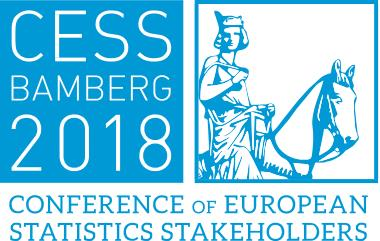Norway has a large number of registers on individuals that have been established for administrative and statistical purposes, covering the entire population or significant subpopulations. The merged registers are used for production of statistics and represent a valuable source of data for research. Trusted researchers in approved research institutions have been able to apply for access to the data at their own site. The approval procedure is complicated as well as time- and resource demanding. There has been is a desire to simplify the procedure and at the same time make it safer through remote access and other measures. The entering into force of GDPR this May, makes the process even more comprehensive.
In 2012 the Norwegian Research Council funded a (then approx. four million €) project Remote Access Infrastructure for Register Data (RAIRD) aiming at creating an analysis server for easier and safe remote access to register data. The project is a joint venture where the grant was divided equally between NSD – Norwegian Centre for Research Data and Statistics Norway. Among the conditions for the project were
1. Online Remote Access (RA)
2. Micro data are invisible, only statistical output will show.
3. Users should be allowed to combine data from different sources.
4. All statistical results should be confidentially safe.
In March this year the RAIRD technology was made operative in the research data service microdata.no.
Section 2 will sketch the data structure, the metadata structure, and user interface.
Section 3 will deal with security and confidentiality and section 4 will present experiences and plans for the future.
